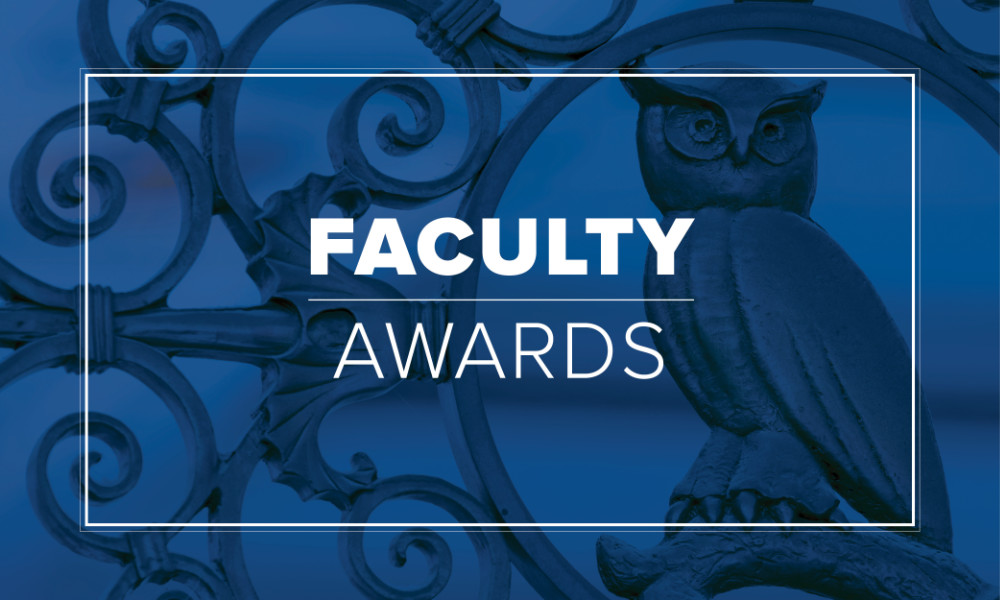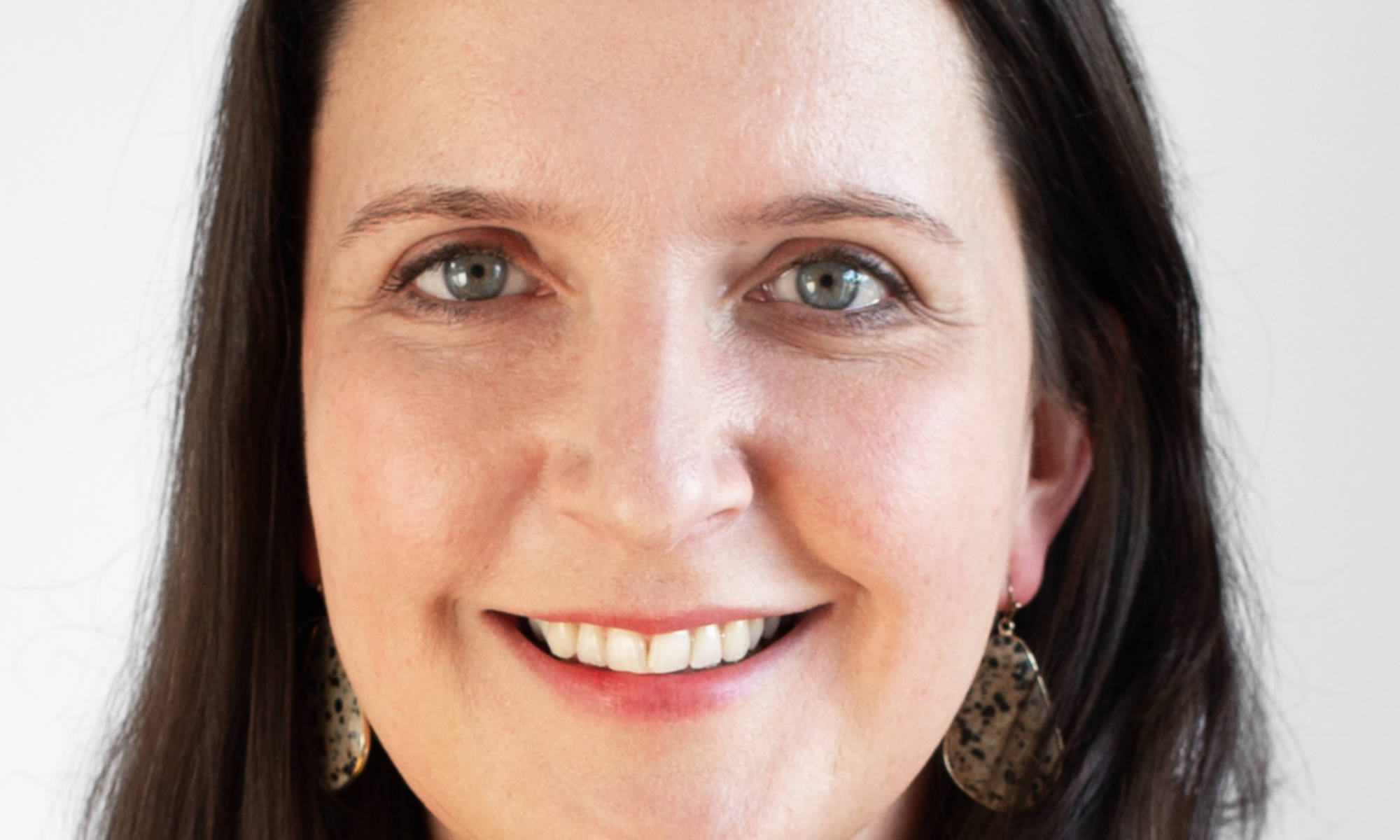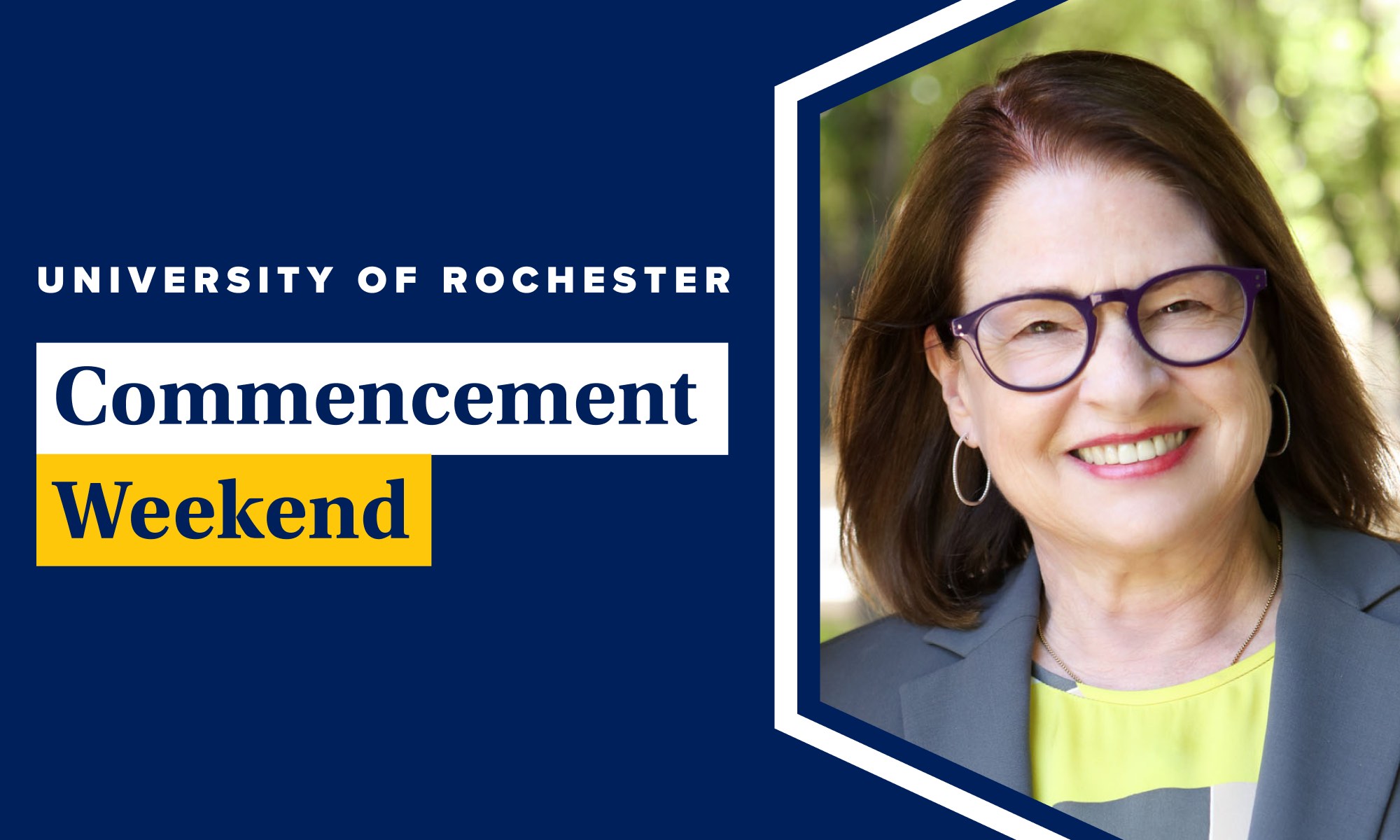Eight University of Rochester researchers are among the latest recipients of the National Science Foundation’s most prestigious recognition for junior faculty members: the Faculty Early Career Development (CAREER) award.
This is the largest number of CAREER awards in one year for the University.
“This is a measure of quality with respect to the young faculty we are recruiting here at the University of Rochester,” says Rob Clark, University provost and senior vice president for research. “This highly competitive program serves to launch the careers of young researchers, and with eight awards this year, we are at an all-time high.”
The recipients are:
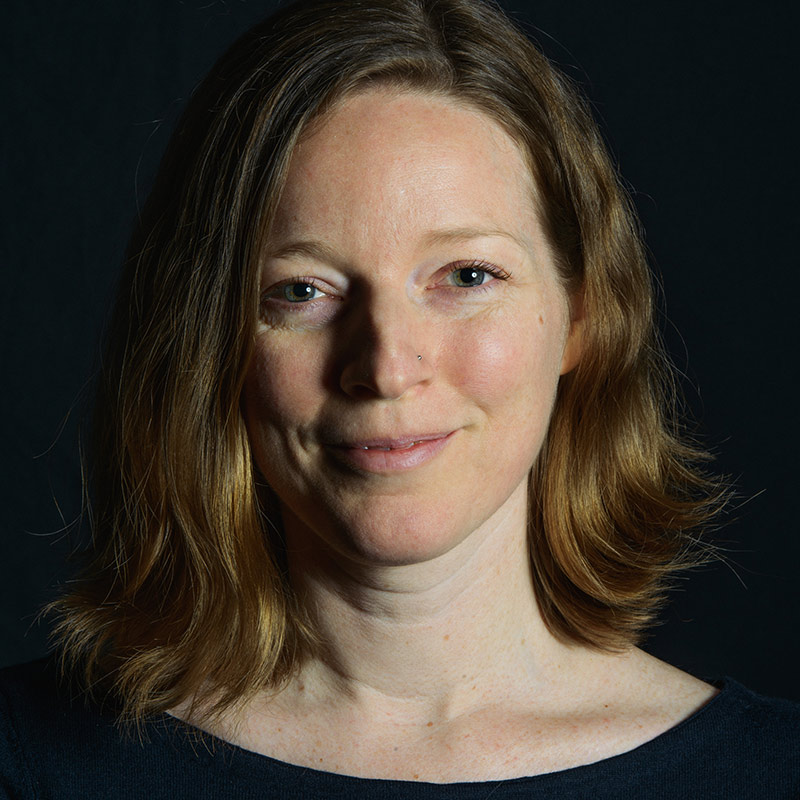
Jennifer Brisson, associate professor of biology, who will use genetic mapping, genomics, gene knockdown, pharmaceutical manipulations, and development observations to study the molecular mechanisms and genes that regulate how environmental cues influence the way that organisms develop. She will focus specifically on pea aphids, which include winged and wing-less variants. Read more about Brisson’s NSF CAREER award here.
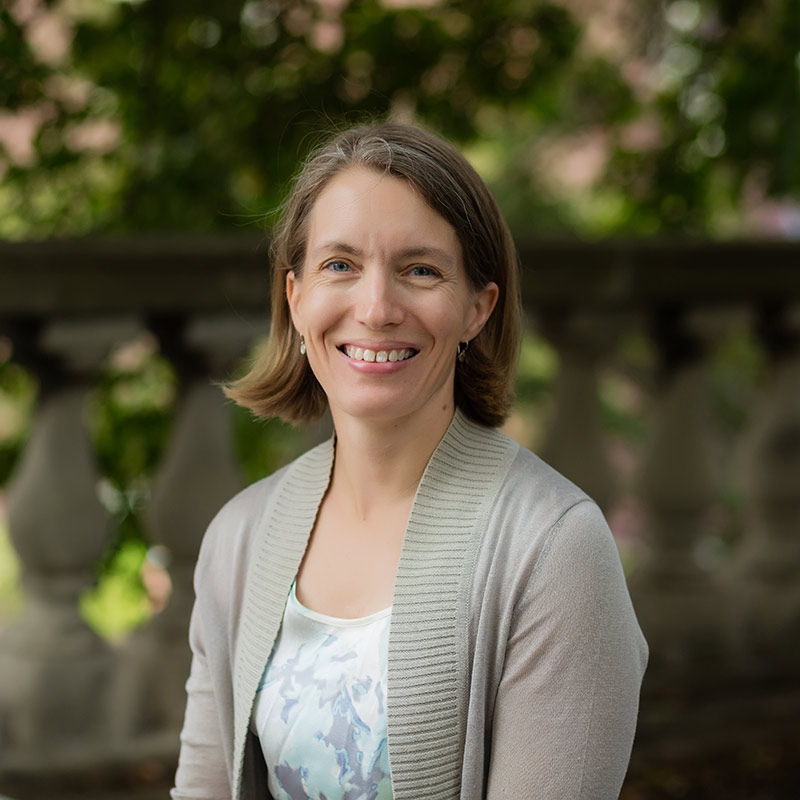
Samantha Daley, assistant professor of education, who will analyze national data, conduct a mixed-methods study of 80 middle school students, and work with experienced science educators to better understand how the motivational beliefs of middle and high school students with learning disabilities influence whether they will pursue degrees and careers in STEM fields. Read more about Daley’s NSF CAREER award here.
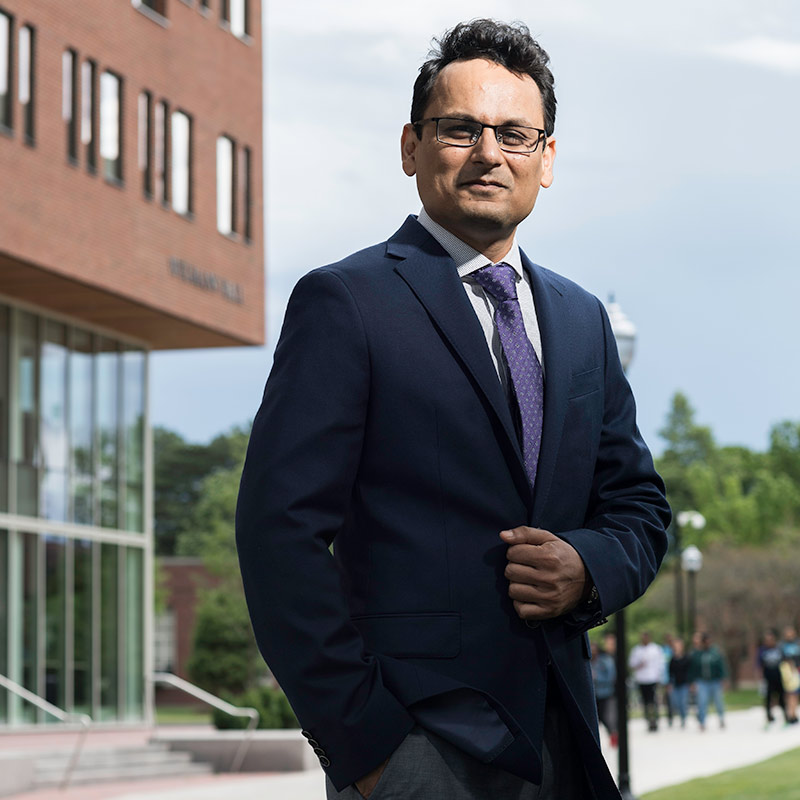
Ehsan Hoque, assistant professor of computer science and the Asaro Biggar Family Fellow in Data Science, who will explore developing a virtual assistant to help groups conduct meetings, providing live or post-meeting feedback that helps participants stay on topic, take part equally, and listen closely to one another, while also generating analytics about the process. Read more about Hoque’s NSF CAREER award here.
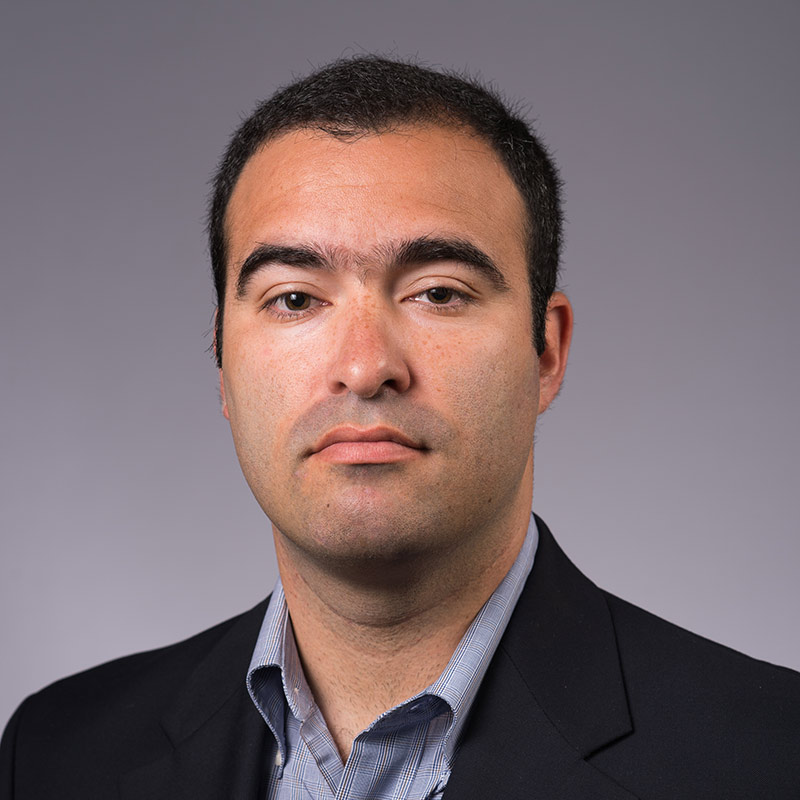
Gonzalo Mateos, assistant professor of electrical and computer engineering, who will investigate how to use information available from graph signals that represent measurements from distributed network processes, to learn the underlying graph topology. This would advance our understanding of the inherent complexities of strongly coupled systems such as the brain. Read more about Mateos’s NSF CAREER award here.
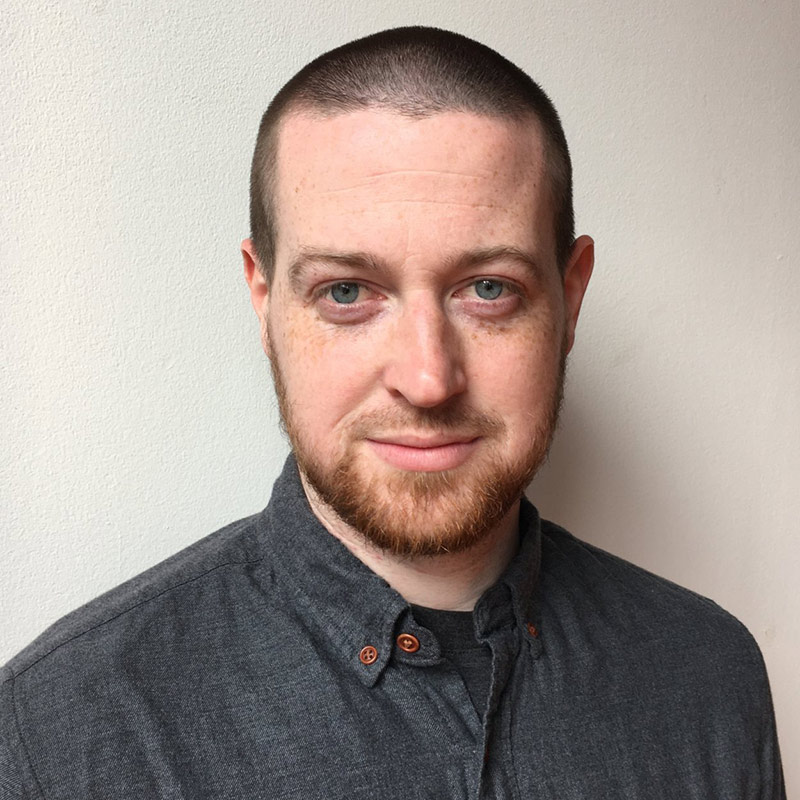
Patrick Oakes, assistant professor of physics and biology, who will investigate the mechanisms behind the ways cells manipulate their own material properties. This multi-disciplinary work in physics, biology, and engineering would help unearth novel design principles that could be used to develop new engineering materials and to understand how some diseases affect cell behavior. Read more about Oakes’s NF CAREER award here.
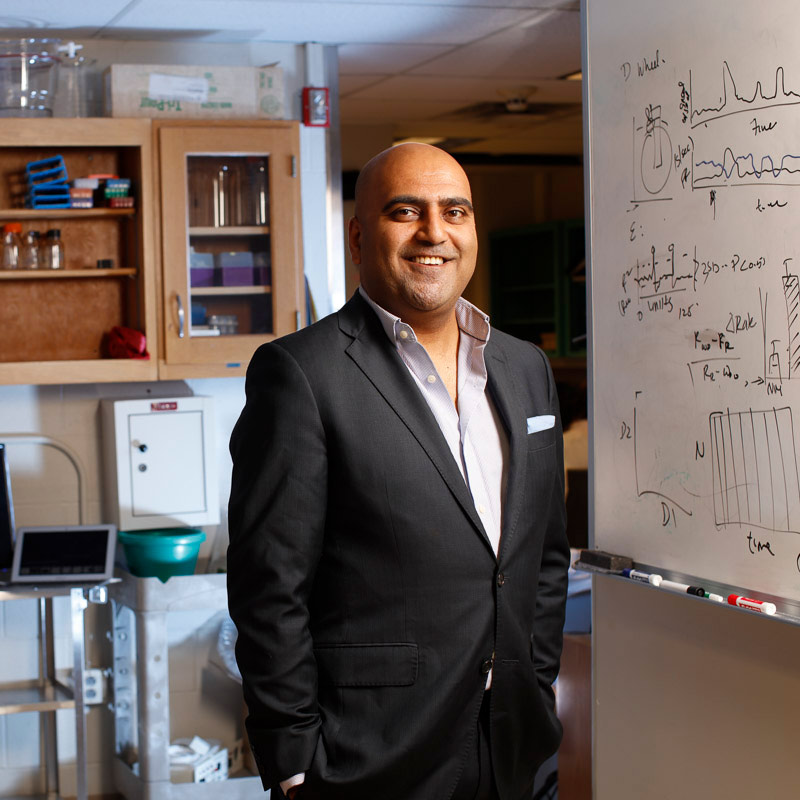
Krishnan Padmanabhan, assistant professor of neuroscience, who will use neural tracers, ontogenetic technology, and electrical recordings in the brain to understand how internal state, learning, and memory influence the neurons that shape the perception of smell. “The same cookie may smell and taste differently, depending on our emotional state, our experiences, and our memories,” he says. By interrogating a recently characterized connection between the hippocampus and the olfactory bulb, he aims to understand how perception is reshaped by experience. Read more about Padmanabhan’s NSF CAREER award here.
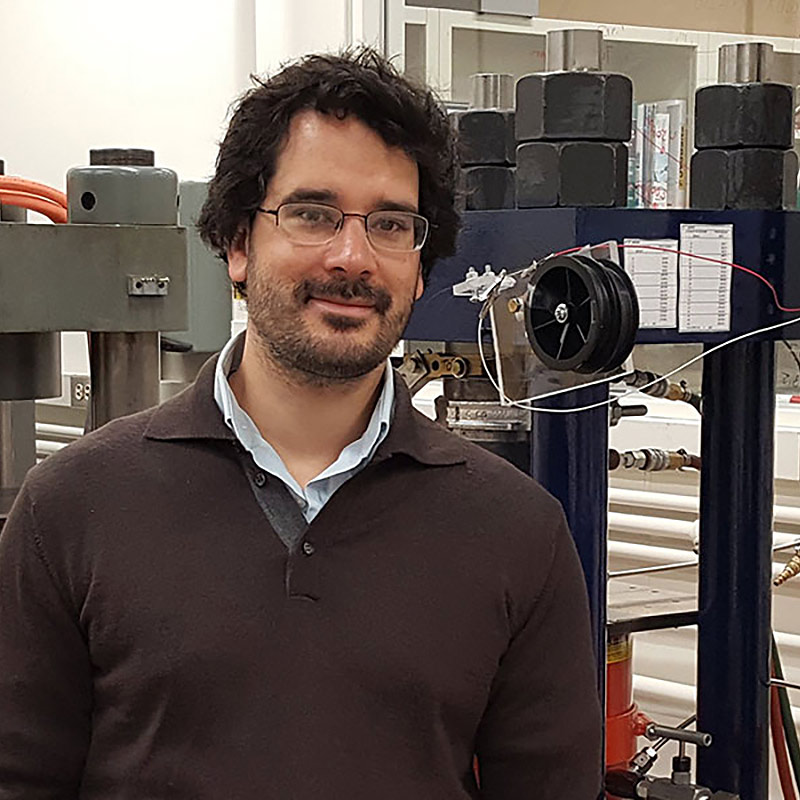
Dustin Trail, assistant professor of earth and environmental sciences, who will study how changes in oxygen pressure affect the chemistry of minerals found in the magmas and fluids inside earth. This would advance our understanding about the conditions and environments that may have prevailed on early earth, including how natural minerals form and why volcanoes erupt. Read more about Trail’s NSF CAREER award here.
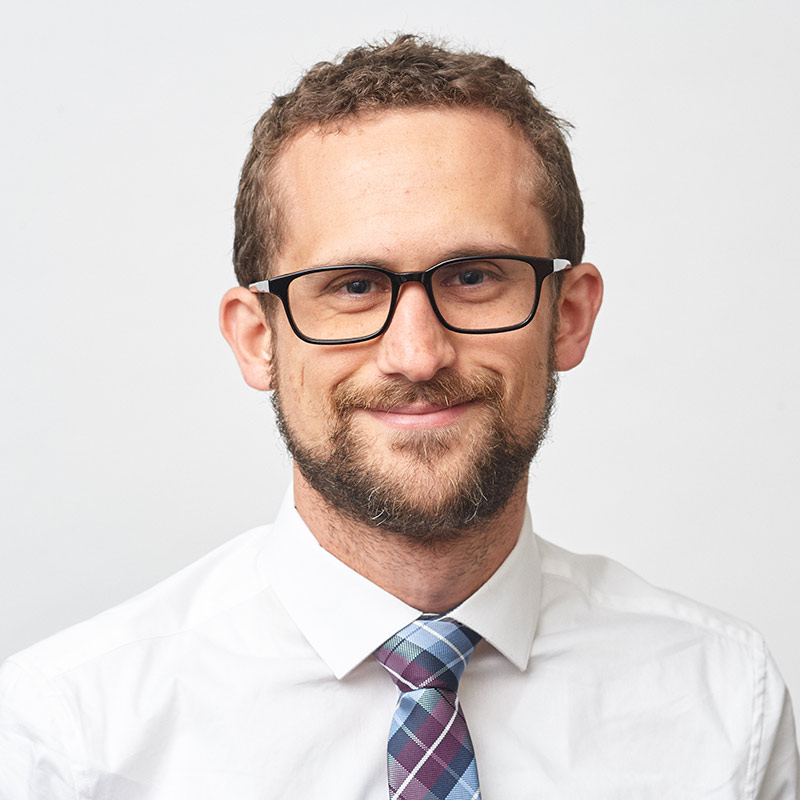
Andrew White, assistant professor of chemical engineering, who will combine state-of-the-art computer simulations with a novel way to use experimental data as an extra input, to model and predict how various peptides, including one associated with Alzheimer’s disease, self assemble into macroscopic structures. This could have applications not only in treating disease, but in materials science as well. Read more about White’s NSF CAREER award here.
Arts, Sciences & Engineering and the Hajim School of Engineering and Applied Sciences have offered programs each of the last three years to provide junior faculty with tips on how to apply for CAREER awards. AS&E offered a CAREER workshop in 2016 and covered the awards in its Young Investigator workshops each of the last two years. Faculty can contact Debra Haring, assistant dean for grants and contracts, to learn more.
The Hajim school has organized a multi-session summer “boot camp” each of the last three years focusing specifically on helping junior faculty apply for CAREER awards. This year 15 junior faculty and eight previous Hajim School CAREER recipients participated. Faculty can contact Cynthia Gary, assistant dean for grants and contracts, to learn more.
NSF CAREER awards provide five years of funding to help lay the foundation for a faculty member’s future research.
Innovative ways to integrate research with education of students is a key part of the CAREER program, which recognizes “junior faculty who exemplify the role of teacher-scholars through outstanding research, excellent education and the integration of education and research within the context of the mission of their organizations.”
So how beneficial is it to receive an NSF CAREER award?
Three previous CAREER recipients — Wendi Heinzelman, dean of the Hajim School of Engineering and Applied Sciences and professor of electrical and computer engineering; Jeffrey Choppin, professor and chair of teaching and curriculum at the Warner School; and Chen Ding, professor of computer science — were asked to describe the impact of their NSF CAREER awards.
Here are their replies:
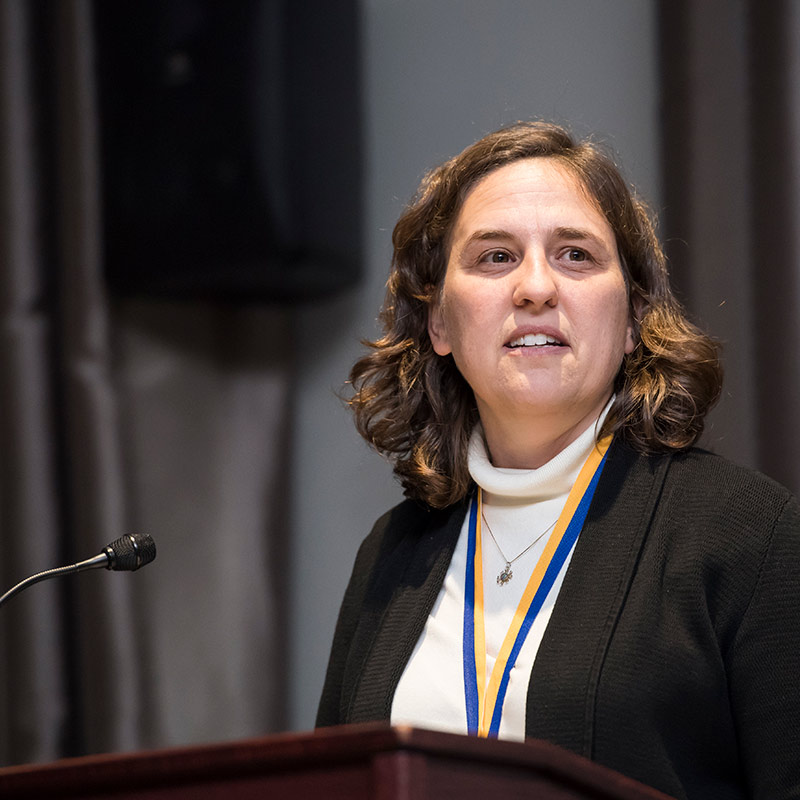
“First, the CAREER award was a validation that the work I was proposing was important and a good direction to pursue to really make an impact on my field,” says Wendi Heinzelman, who received her CAREER award in 2005. “Second, this award provided 5 years of funding, enabling a stable stream of funding to move my research forward at a time when NSF was transitioning to 3-year awards. This enabled me to work on longer-term research as I didn’t need to worry about applying for additional funding for this work for several years.
“And finally, the CAREER award enabled me to focus on outreach in addition to my research. As part of my CAREER award, I began a group called Networking Networking Women (N2Women), whose goal is to foster connections among the under-represented women in computer networking and related research fields. N2Women is now 12 years old with over 1400 members worldwide and continues to thrive and grow and support the development and promotion of women in my field.”
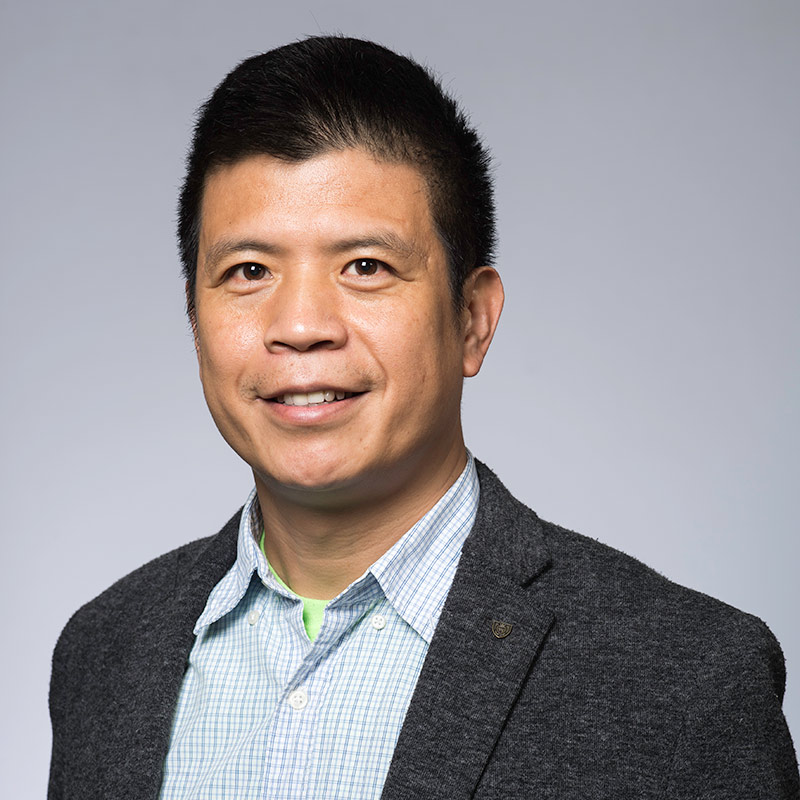
Chen Ding was an inaugural winner of the young investigator award from the Department of Energy the same year he received his CAREER award — 2003. “They were great support for my earlier years of research,” he says. For example, the funding enabled him to “pursue research on fundamental problems, which led to theories that were useful to many researchers in multiple areas of computer systems,” Ding says.
Two of the PhD students funded by the awards later became professors of computer science, Ding says. “One received CAREER and DOE awards, and this year one of his students received a CAREER.”
The awards led to sabbaticals for Ding at Microsoft Research and MIT, and visits and seminar talks at a dozen schools, he added.
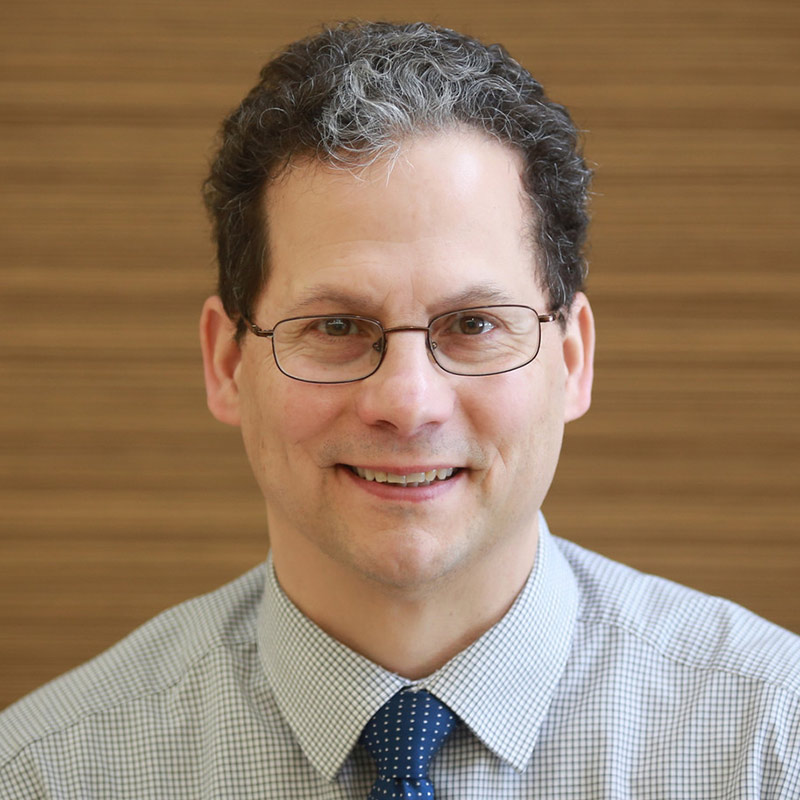
The nice thing about the CAREER award, says Jeffrey Choppin, is that “It’s the only time you’re going to be in an NSF grant competition with people only like yourself. You’re only going up against non-tenured, individual PIs. Otherwise, in a typical competition you’re up against not just people who’ve been in the field forever, but the SRI’s (SRI International), the EDC’s (Education Development Center) and other nonprofit institutes that live on soft money – that have rooms full of people who just do budgets.
“So, I always tell people: in terms of getting your first grant under you, the CAREER is a great way to do it.”
The CAREER Choppin received in 2008 was the first funding he received for a new research topic – how teachers use math curricula – that he switched to soon after joining the University.
The award helped establish him in the field in several ways. He brought members of his CAREER advisory board — four top scholars in the field — to campus for one-on-one, two-day meetings to discuss his project. The grant resulted in four research papers in top journals, and others in practitioner journals. This further positioned him in the curriculum arena. He was appointed a research fellow with the Center for the Study of Mathematics Curricula. That in turn, opened doors to conferences where he met three collaborators who worked with him to secure another grant. That grant, in turn, established Choppin and his collaborators at the “cutting edge in terms of what the field is looking at and how we conceptualize it.”
“At the time, I didn’t have as much appreciation for what the CAREER grant was doing for me,” Choppin says. “But when I look back now — after getting tenure and becoming a full professor — all of the accomplishments that got me to where I am now, started with the CAREER grant.”

